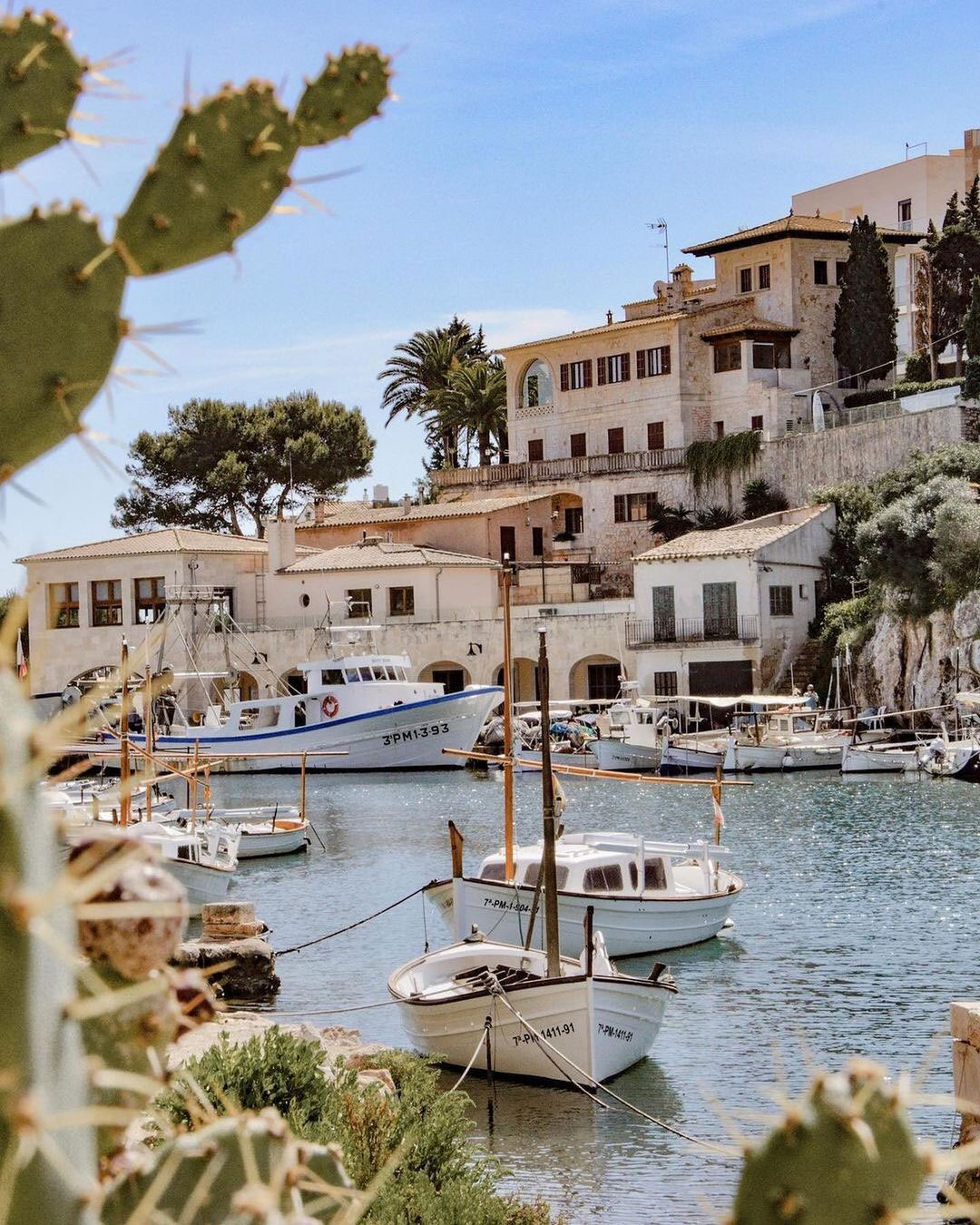Good practices for sustainable tourism
Eight directives that will help ensure a more sustainable tourism
Tourism today has become one of the main driving forces generating economic and social progress in a great many countries. However, developing tourist activities means a high use of land and environmental resources that can have negative effects on society.
The tourism industry is in constant transformation and all activities, innovation or development needs to be sustainable over time to avoid problems such as social dislocation, degradation of cultural and natural heritage, and economic dependence to the detriment of local trade.
It has therefore become necessary to establish a range of measures to enhance good practices that benefit the environmental, economic and socio-cultural aspects of each destination. The ten directives suggested below are designed to contribute to more sustainable tourism:
| 1. | Create social awareness by communicating, in the most appropriate way for each recipient (residents, tourists, tourism businesses, public administrations, etc.), the importance of the impact caused by our actions and how to deal with those that have negative repercussions on society as a whole. |
| 2. | Educate on the values that help to form an environmental and sustainable culture that seeks to maintain and care for the natural resources of each destination, impacting on the tools that help to improve commitment to environmental responsibilities. |
| 3. | Provide tourists with information relating to the culture of each destination in order to boost respect for their traditions and customs, thus helping to preserve the socio-cultural wealth of the area. |
| 4. | Enhance responsible consumption of the resources available at the tourist destination by promoting local commerce and helping all sectors to develop economically so as to improve relations between communities. |
| 5. | Implement tourism strategies based on sustainable criteria that promote activities that are respectful of the social, economic and natural environment, so as to maintain both the quality and competitiveness of the tourism sector. |
| 6. | Promote projects to conserve and restore cultural assets with the aim of preserving heritage so that visitors can make a sustainable use of the socio-cultural resources and infrastructures available at the destination. |
| 7. | Raise awareness among citizens of the multiple and vital functions performed by areas of greenery, encouraging responsible use through measures that reduce the impact of tourism. |
| 8. | Promote the development of corporate social responsibility among the business sector, opting for more sustainable management models to deal with environmental issues. |


























